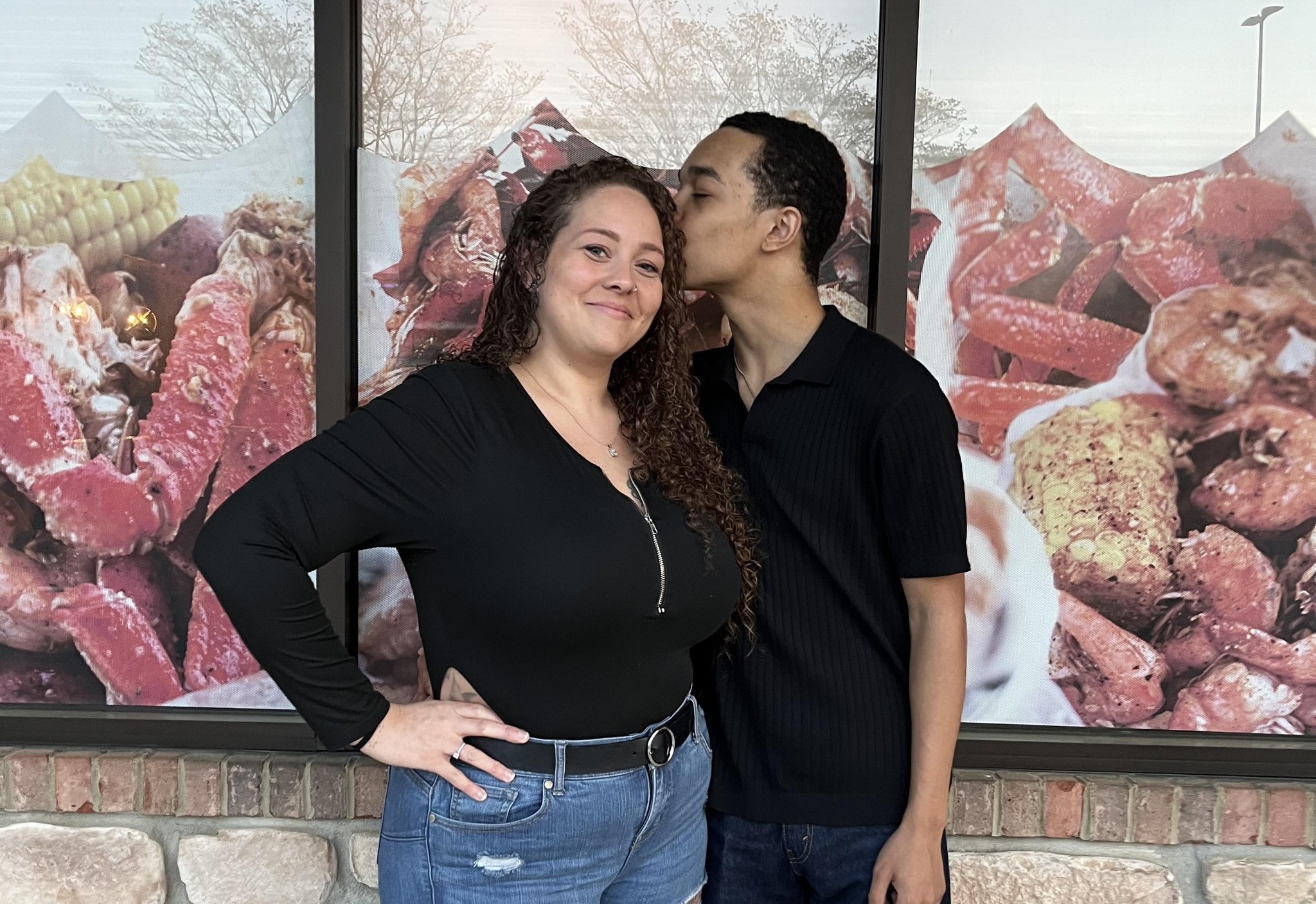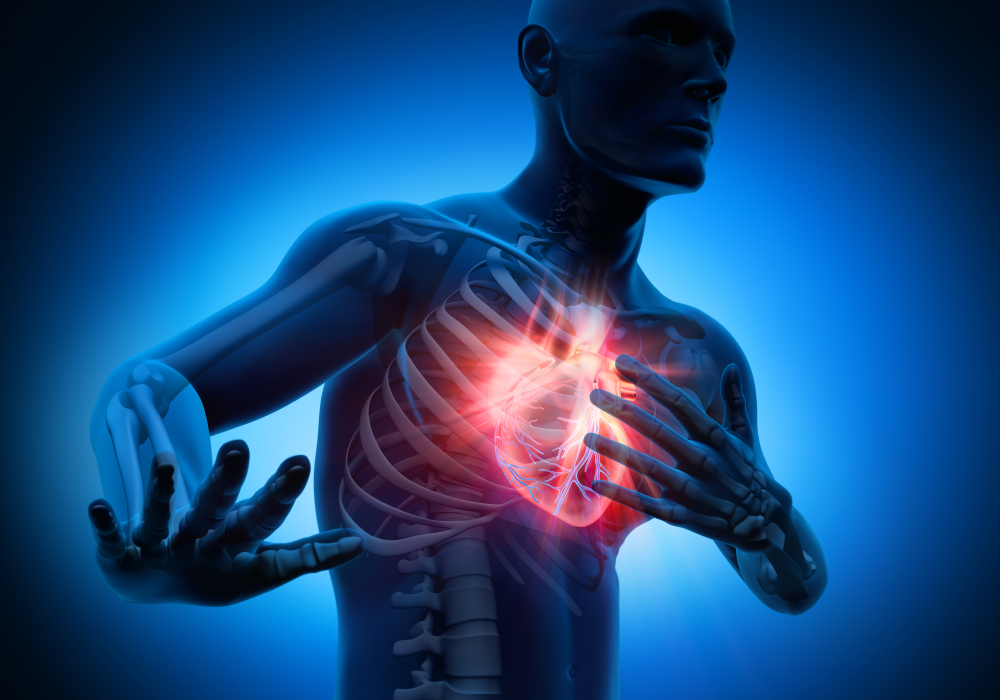Heartbreaking Update in Case of Teen Found Days After Texting Mom “Help”

A little after midnight, a mother’s phone lit up with two words no parent ever wants to see: “Mom, help.” Hours later, the boy who sent it, 18-year-old Giovanni, would be gone, and the world would start filling in the blanks with its own story about what happened on that dark stretch of highway. Some called him crazy, some assumed drugs, others quietly looked away. But what unfolded after that final text does more than challenge the rumors around one tragic night. It forces us to confront how quickly we judge what we do not understand, and how much it can cost when a real cry for help looks, on the surface, like something else.
The Night Everything Changed
On August 1, 2025, at 1:51 a.m., 18-year-old Giovanni Pelletier sent his mother a text from Interstate 75 in Florida.
“Mom, help.”
Then a second message: “me.”
He was far from home in North Carolina, traveling with a cousin he barely knew and two other passengers. This was not a party trip. Giovanni went to Florida to meet his father’s side of the family, to fill in the missing pieces of his story and connect with his roots. It was supposed to be a bridge toward belonging, not the beginning of a nightmare.
Eight days later, his body was found in a retention pond. In that space between the text and the discovery, a different narrative started to grow. People said he was “acting crazy,” “like a demon,” “out of his mind.” Those words created distance. If he was just another reckless teen, then his death could be explained, contained, almost dismissed.
But that message to his mother does not sound reckless. It is short, clear, and terrified. It sounds like a young man who knew something was very wrong and reached for the person who had always been his safest place.
For his mother, that text is a wound that never closes. For the rest of us, it is a challenge. Before we label someone as “crazy,” “dramatic,” or “doing too much,” we have to ask a harder question:
What if what we are seeing is not madness, but a human being trying, in the only words they have, to say the same thing Giovanni did that night:
Help me.
When Pain Looks Like Panic

From the outside, the story in that car sounded simple. The people with Giovanni said he suddenly “changed” on Interstate 75. They described him yelling, saying he was a demon, and threatening to crash the car. To them, it looked wild, dangerous, out of control.
So they made a quick conclusion:
He must be on something.
He must be the problem.
But what looked like rage was probably a body in crisis.
When the heart starts to fail and the brain is starved of oxygen, the body reacts in ways that can seem “crazy.” People can become confused, terrified, and desperate to escape a feeling they cannot describe. They might shout, say strange things, or run without direction.

There is a medical term connected to this kind of experience: angor animi. It refers to the intense, sometimes overwhelming sense that you are about to die. It is often reported in severe heart events and other life-threatening conditions.
Security footage later showed Giovanni sprinting away from the car. Not walking. Not wandering. Running, as if his life depended on it. To those watching, it seemed like he was fleeing demons. In reality, he was likely running from “air hunger,” the primal panic of a body fighting for oxygen.
To the others, he looked like a threat.
In truth, he was a teenager in the middle of a medical emergency.
This is the danger of snap judgments. Sometimes what we call “acting crazy” is the visible surface of invisible pain.
When The Truth Finally Has A Name
In the days after Giovanni went missing, a story formed without evidence. People said he was high. They said he was acting “demonic,” “out of his mind,” that he must have taken something and lost control. It was a simple explanation, and that is exactly why it spread so easily. If drugs were to blame, then everyone else could feel safer. It became a way to place his tragedy in a box and keep it away from their own lives.
Then the autopsy report arrived and quietly dismantled that entire narrative. Toxicology tests found no recreational drugs, no narcotics, no hallucinogens in Giovanni’s system. He was sober. Whatever happened to him that night on Interstate 75 did not come from a pill, a powder, or a party.
Medical examiners found something far more unsettling: a rare congenital coronary artery abnormality. This is a structural defect present from birth, one that many people never know they have. In Giovanni’s case, his heart could appear normal while he was resting, but under stress or exertion, a major coronary artery could be compressed. When that happens, blood flow to the heart muscle can suddenly drop, triggering chest pain, shortness of breath, confusion, and in severe cases, a catastrophic heart attack.
Viewed through that lens, his behavior on the highway looks very different. The fear, the sprinting away from the car, the apparent panic were not signs of a “bad trip.” They were signs of a young man whose heart was failing in real time. He likely collapsed near the retention pond, and with his body already shutting down, the water became the final detail in an already unfolding medical disaster.
The Cost Of Walking Away
Science can tell us how Giovanni died, but it cannot explain why he had to die alone. After he was left on the side of Interstate 75, there was a four–hour gap before his mother was contacted and before 911 was called. Four hours where an 18–year–old in clear distress was treated as a problem to get away from rather than a person to fight for.
The people with him were afraid. They saw behavior that looked unpredictable and threatening, and fear narrowed their options. Instead of thinking “hospital,” they thought “escape.” They drove off. They went to sleep. Only when the sun began to rise did someone finally decide to call his mother. By then, whatever chance Giovanni had was slipping away.
Medical professionals cannot say with certainty that an earlier call would have saved his life. But they are clear about one thing in emergencies like cardiac arrest or severe heart events: minutes matter. The sooner help is called, the higher the chance of survival. Every delay is a gamble with someone else’s life.
What happened on that highway is a hard lesson about responsibility. Fear is human, but it does not excuse abandonment. You do not have to be a doctor to recognize that someone is in trouble and deserves help. You do not have to fully understand what is happening to know that leaving a panicked young man alone in the dark is wrong.
What We Owe Each Other in Our Worst Moments
Giovanni’s story is bigger than one highway, one car, one terrible night. It exposes how fast we turn a human being into a label. A scared teen becomes “crazy.” A medical crisis becomes “he was on something.” A desperate text becomes just another notification. These shortcuts protect our comfort but cost us our compassion. His autopsy cleared his name, but he never should have needed science to prove he was not a monster, not a demon, not a problem to get away from. He was an 18–year–old in distress who needed someone to pause, to question their first assumption, and to choose care over fear.
We cannot rewrite what happened to Giovanni, but we can rewrite how we respond to the next person who reaches out. The next time someone is acting “off,” sending a strange message, or unraveling in front of you, remember that a heart attack can look like anger, a panic spiral can sound like nonsense, and “help” might be the clearest word they have left. You may not know exactly what to do, but you can stay present, call for help, and refuse to abandon them to their worst moment. Let Giovanni’s final message live inside you as a quiet instruction for the rest of your life: when someone reaches out, in any form, do not look away. Be the person who answers.
Featured Image Source: Bridgette Pelletier on Facebook
Loading...

